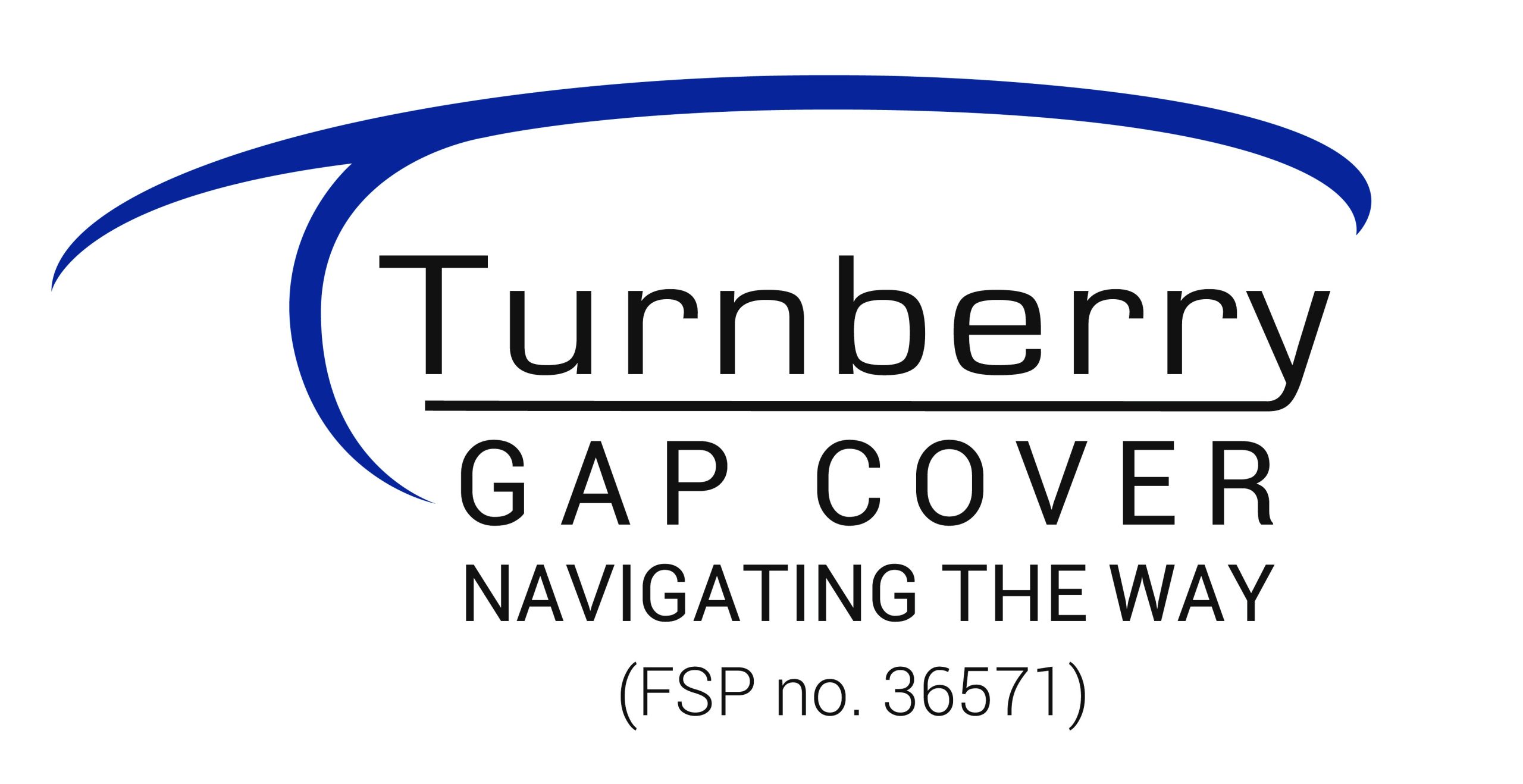It is becoming increasingly apparent that a gap is growing between what medical aid providers cover for certain in-hospital procedures and the actual cost of these procedures and associated expenses. This emerging breach is responsible for moving gap cover from an optional extra to a vital insurance product.
Examining the gap
A simple look at medical aid providers will show you that in exchange for a monthly premium, they will provide benefits at scheme rates, and more recently, enforce sub-limits and co-payments for certain procedures.
These sub-limits and co-payments sound fair enough when you consider the fact that, generally speaking, medical inflation has always run at a higher rate than inflation, placing a certain amount of pressure on these factors which are required for various benefits payable by medical aids.

Tony Singleton, CEO of Turnberry Management Risk Solutions
In the past, the shortfall that this created was manageable. It wasn’t pleasant, it caused a degree of unnecessary financial strain, but many a family was able to pull through and make payment plans and arrangements to satisfy these debts.
However, once practitioners were no longer bound by the NHRPL and medical aid scheme rates, they were in a position to charge the rates that they deemed appropriate. Often this led to rates higher than what a client’s medical aid benefits would cover. In addition to this, medical inflation is made up of a number of drivers, like specialist fees, private hospital costs, the cost of imported equipment, and the exchange rate have all greatly contributed to the rising cost of healthcare.
Added to this, in recent years medical inflation has been much higher which has served to increase the pressure on medical aids who have sought to maintain their benefit levels. This in turn, has lent itself towards even higher co-payments and sub-limits, thus creating a shortfall between what your medical aid would cover and what you actually owed widened.
Clearly, the climate of medical aid providers has worsened, leaving you open to a vast array of potential shortfalls in exorbitant medical costs.
Bridging the financial breach
While gap insurance doesn’t try to do the job of a medical aid, it does help you cover the stressful risk of costs which you may incur during a hospital event and is therefore seen as working with your medical aid. In fact, gap cover is very specific in terms of what is covered and when this is read in conjunction with your medical aid benefits it provides you with peace of mind should you or a member of your family need to be hospitalised.
Having started as cover that mainly dealt with the shortfall of specialist fees, gap insurance has since moved towards providing cover for sub-limits and co-payments once medical aids started restricting their benefits. Given the current climate and the current lack of regulation around specialists’ fees in particular, gap cover has become an integral part of the developing healthcare industry and will continue to provide this cover so long as its cost does not make the overall product cost too expensive for the market
Not only is it an essential element when it comes to financial planning and helping individuals and families alike avoid the pressure of unforeseen medical expenses, it also has a flexible component. Gap insurance providers offer a range of gap cover products and is considered a portable product in that if you want to change to a new medical aid, you can do so with your gap product. You also have the freedom to make sure that your gap product benefits are aligned to your new medical aid benefits, and if necessary, you can change your gap cover to one that is better suited to your needs.
The truth is that the current climate of medical aid providers means that it is no longer enough to have a medical aid plan. More often than not, you discover that your medical aid has only covered a portion of your overall cost after a stay in hospital, leaving significant shortfalls to pay that you hadn’t budgeted for. This is precisely why gap cover has become a vital product and less of an add-on
